What is overridable EPL/SHaPoLi?
Fixed in place and can only be overridden by permission of the ship’s master. It can be mechanically or electronically installed.
Examples of mechanical EPL:
• Locking of the fuel index by a mechanical stop screw sealed with wire
• Setting of the governor limit via sealed mechanical screw
• Turbocharger cutout via butterfly valve
Examples of electronic EPL:
• Password protected electronic locking of the fuel index or governor SHaPoLi Arrangement:
• Torque and rotational speed sensors
• Data recorder and processing device
• Control unit for calculation and Limitation of the power transmitted
What is non-overridable EPL (a.k.a. PPL – permanent power limitation)?
Permanent and non-reversible de-rating of the engine via:
• Turbocharger(s) (can be multiple T/C’s) cutout by removable blinding plate, or
• Permanent blinding plate and turbocharger dismantling
• Permanent adjustment of fuel index, i.e. welded in place
• Permanent engine de-rating, i.e. cylinders cutoff or reduction of combustion volume
• Propeller retrofit with shaft power limitation to prevent damage on propeller or shaft
Do I need to do a minimum propulsion power (MPP) assessment for overridable EPL/SHaPoLi?
No, unless the vessel has undergone a modification so extensive that the Administration regards it as a newly constructed ship.
Do we need to do a minimum propulsion power assessment for non-overridable EPL?
• Yes, for tankers, bulk carriers or combination carriers over 20,000 DWT, MPP assessment to be verified according to MEPC.1/Circ. 850 latest revisions.
• No requirement for a new sea trial.
Do I need to update the maneuvering information and pilot cards for overridable EPL/SHaPoLi?
Yes, the existing maneuvering booklet, if available, and the pilot card as per IMO Resolution A.601 (15). Maneuvering information displayed on the navigating bridge to include that the ship’s power has been limited for the attention of the master to account for the ship’s performance. Below is the best practice. Additional figures show the RPM(EPL), speed (EPL) and MCR Lim. No other update is required (unless class notation MAN/MAN-A was assigned, shall contact to engineering for review case by case).
Do we need to update the maneuvering information and pilot cards for non-overridable EPL/SHaPoLi?
Yes, the stopping times and distances, and the data of the turning circles as per SOLAS Reg. II-1/28.3 and Res.MSC.137(76), to be recorded on new trials where applicable. Also, the existing maneuvering booklet, if available, and the maneuvering information should be displayed on the navigating bridge (pilot card and wheelhouse poster) to be updated.
Do I need to update the NOx Technical File (TF) for overridable EPL/SHaPoLi?
No, unless engine critical settings or components affecting the NOx TF are changed. Statements from the engine maker may be considered as acceptable supporting documentation and filed together with NOx TF.
Do we need to update the NOx TF for non-overridable EPL/SHaPoLi?
• Yes, for turbocharger dismantling/cutout and permanent engine de-rating. Engine de-rating also requires a change in the name plate.
• No, for propeller retrofit or fuel index permanent adjustment.
Our vessel did a preemptive override of the EPL/SHaPoLi when necessary for safe operations. However, EPL/SHaPoLi override is activated but the power reserve is not subsequently used. Do we need to report to flag/class?
There is no need to inform flag/class about the preemptive override. However, the Administration or recognized organization should confirm reactivation of the EPL or SHaPoLi, regardless of whether the power reserve has been used or not. See section 3.5 of MEPC.335(76). The confirmation may be carried out by remote survey.
Below is the United States Coast Guard (USCG)-ENG Policy Letter 01-24 Frequently Asked Questions
Installation of an EPL/SHaPoLi only limited my top speed by a very small amount. Do I still need to update my pilot card?
Yes, any change to the maximum achievable top speed is considered to be a change in the ship’s maneuvering characteristics and maneuvering information must be updated (33 CFR 164.35(g)).
If the EPL/SHaPoLi is overridden prior to entry into U.S. territorial waters each time the vessel calls on a U.S. port, is this considered compliance?
No, the maneuvering information must accurately reflect the true and current power configuration of any vessel at all times, both in U.S. territorial waters and elsewhere (Res.A.601(15), 33 CFR 164.35(g)). So, if a vessel has multiple power configurations, each must be reflected in a clear way on the documents, or additional documents for each condition produced.
This is not a U.S.-specific regulation; paragraph 2.3 of IMO Res.A.601(15) requires the maneuvering information to be amended following any modification to a ship that could change the maneuvering characteristics.
The EPL/SHaPoLi installed on my vessel is the type that gives an alarm when the set point is exceeded but there is no delay in accessing the reserve power (also called a “stand alone solution”). What actions am I required to take?
No action is required. Systems of this type do not alter the maneuvering characteristics of ships and thus the guidance in USCG Policy Letter 01-24 does not apply.
What is the USCG expectation for updating pilot cards and maneuvering posters? Are sea trials required or will CFD methods suffice?
The USCG won't detail exactly how the new or updated pilot cards and maneuvering posters are created, they're simply held to the same standard as they always have been according to IMO Res.A.601(15) and 33 CFR 164.35(g).





































